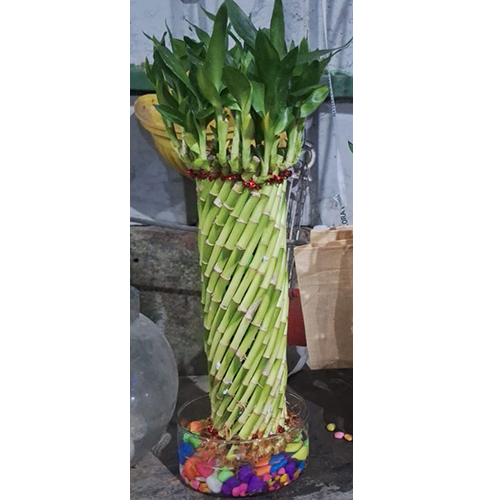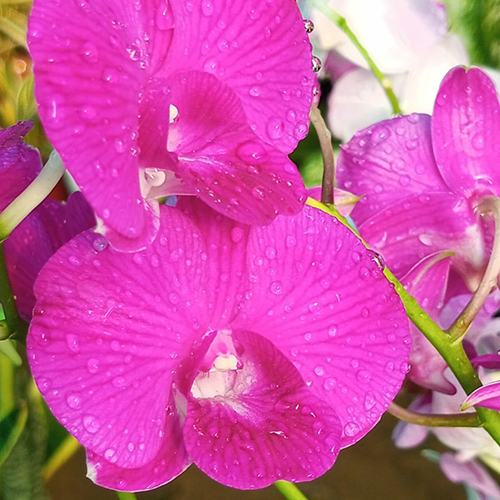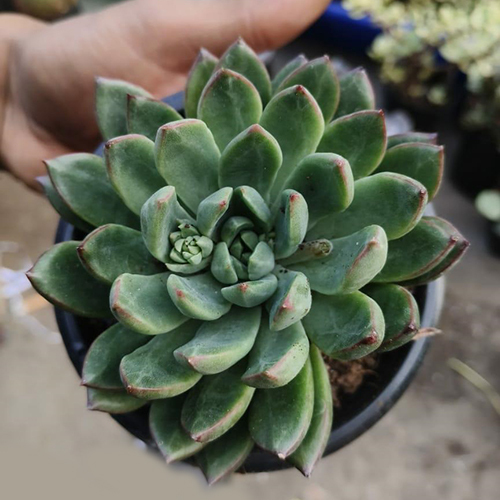Succulent Plants
Product Details:
- Variety Other
- Part Leaves
- Color Green
- Size 3-4 Inch
- Shelf Life 1-2 Years
- Click to View more
Succulent Plants Price And Quantity
- 750.0 INR/Piece
- 100 Piece
Succulent Plants Product Specifications
- Other
- Green
- Leaves
- 3-4 Inch
- 1-2 Years
Succulent Plants Trade Information
- Cash in Advance (CID)
- 1000 Piece Per Month
- 5-7 Days
- All India
Product Description
succulent, anyplantwith thick fleshy tissues adapted to water storage. Some succulents (e.g.,cacti) store water only in thestemand have no leaves or very small leaves, whereas others (e.g.,agaves) store water mainly in theleaves. Most succulents have deep or broadrootsystems and are native to either deserts or regions that have a semiarid season. Succulent plants are found in more than 60 plant families, with members of Aizoaceae, Cactaceae, andCrassulaceaebeing dominantly succulent. A number arecultivatedas ornamentals and houseplants, includingAloe,Echeveria,Kalanchoe, and others.
One commonadaptationin many succulents is the timing of the opening of theirstomata, which are small mouthlike structures on the surface of plant leaves and stems. Stomata allow for the uptake ofcarbon dioxidefrom theenvironmentand the loss of water and oxygen to the environment. Unlike those of most plants, the stomata of many succulent plants are closed during the day and open at night. As a result, the loss of water (transpiration) during the hot dry daytime hours is minimized and carbon dioxide (CO2) uptake occurs in the dark. These succulent plants, therefore, exhibit a modified form of CO2fixation andphotosynthesiscalledcrassulacean acid metabolism.

Price:
- 50
- 100
- 200
- 250
- 500
- 1000+
 Send Inquiry
Send Inquiry






